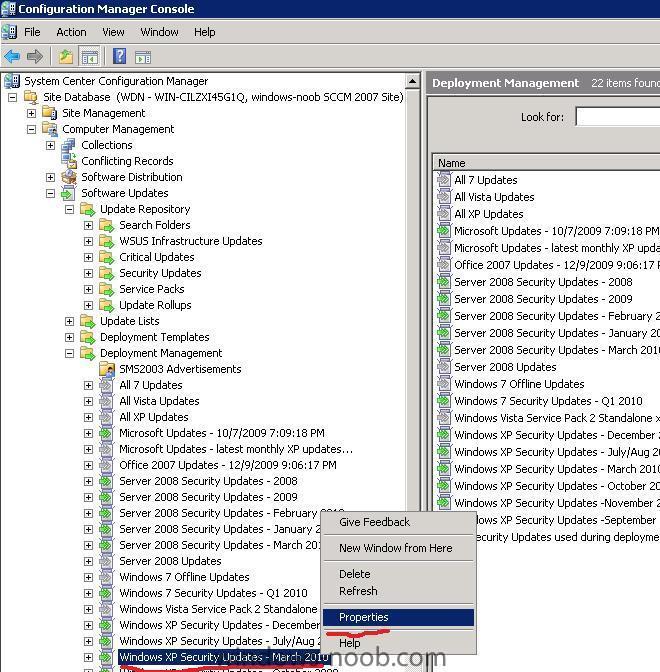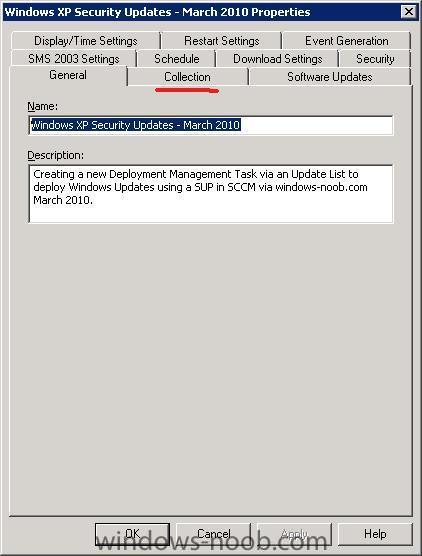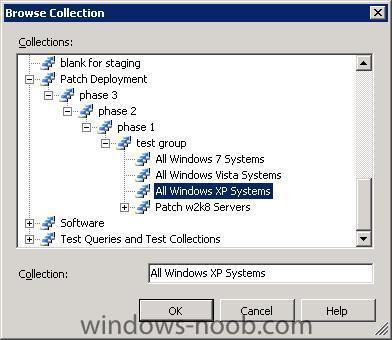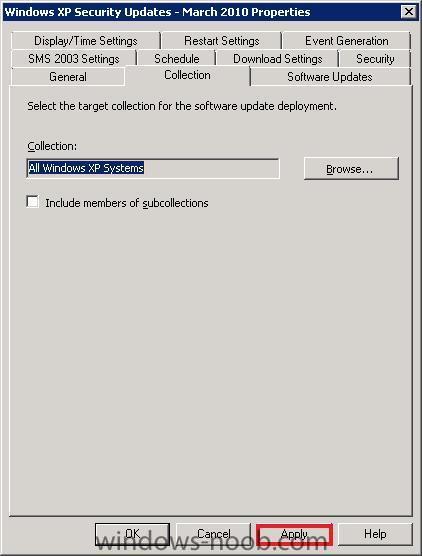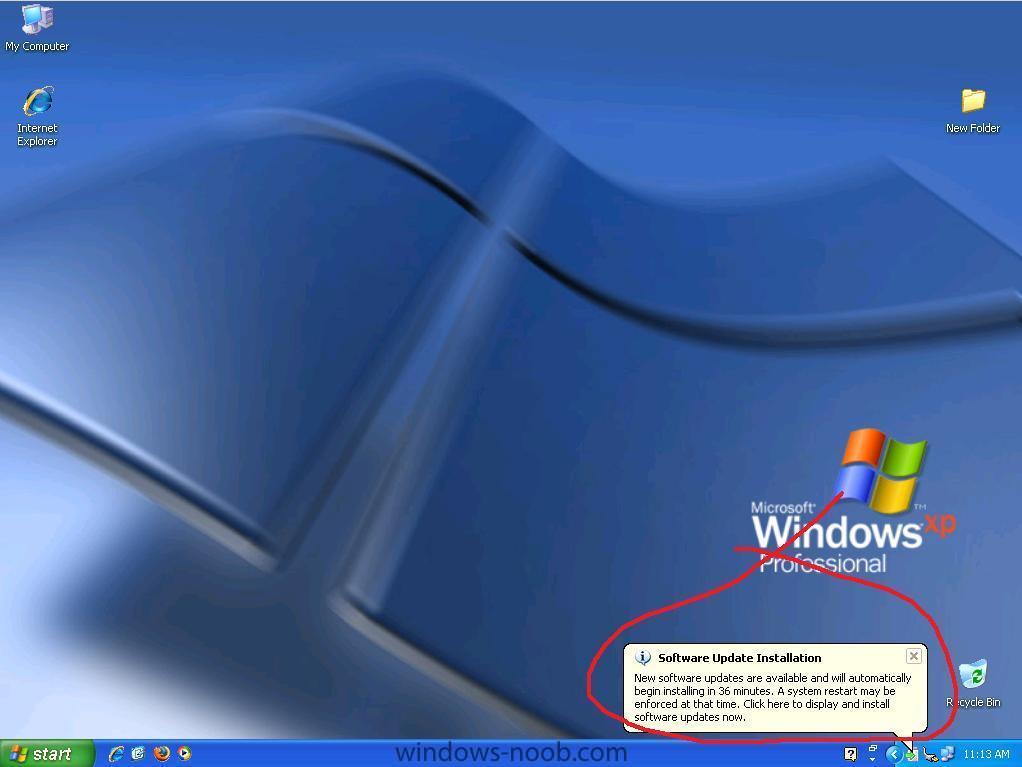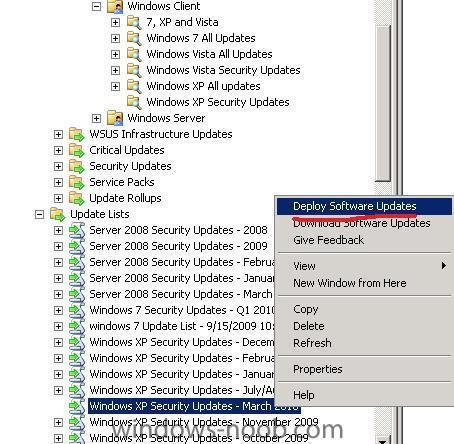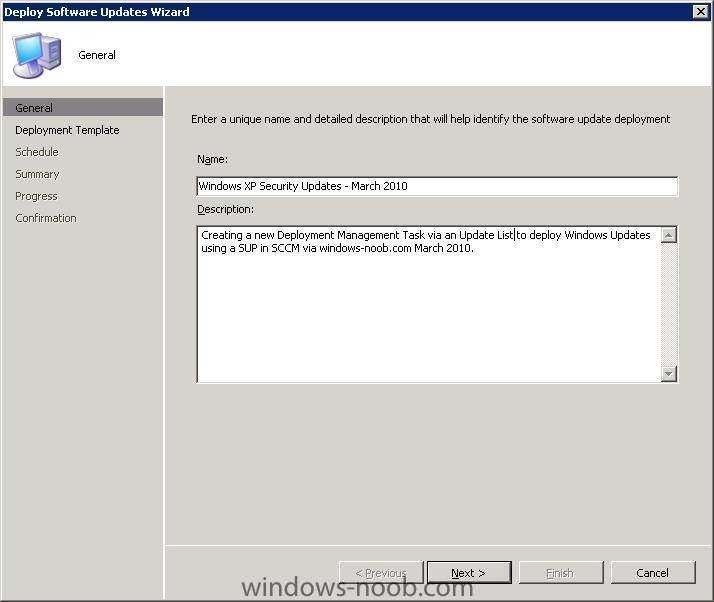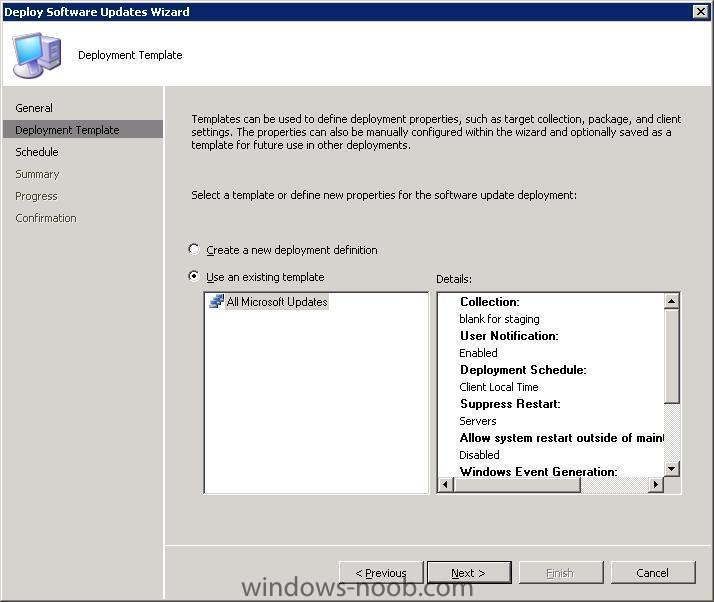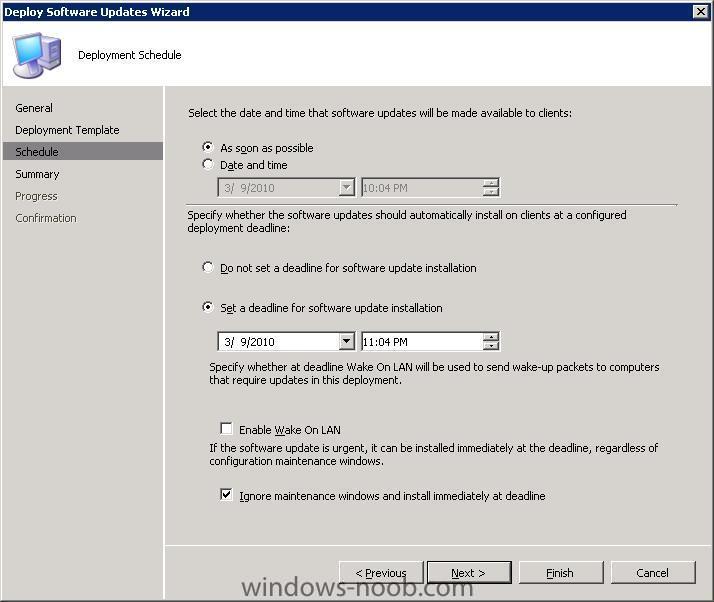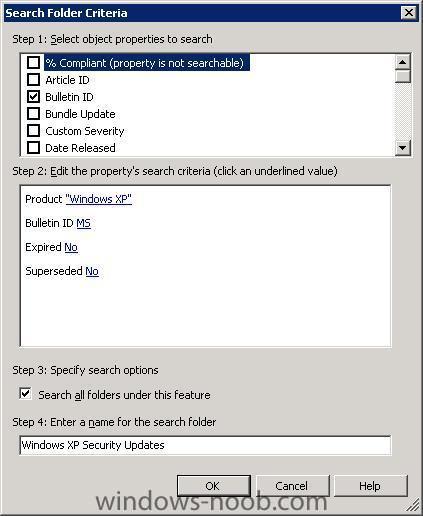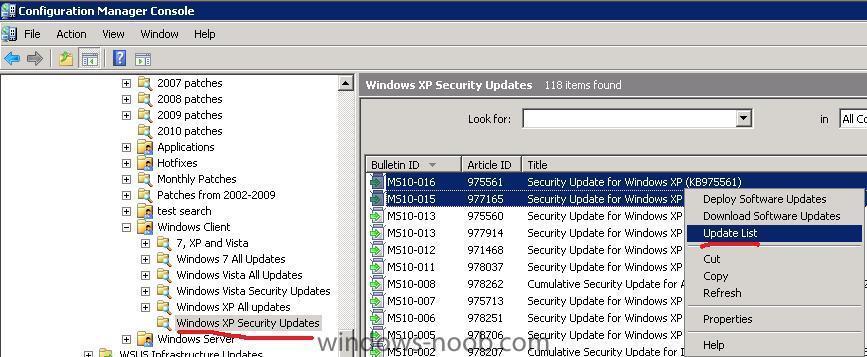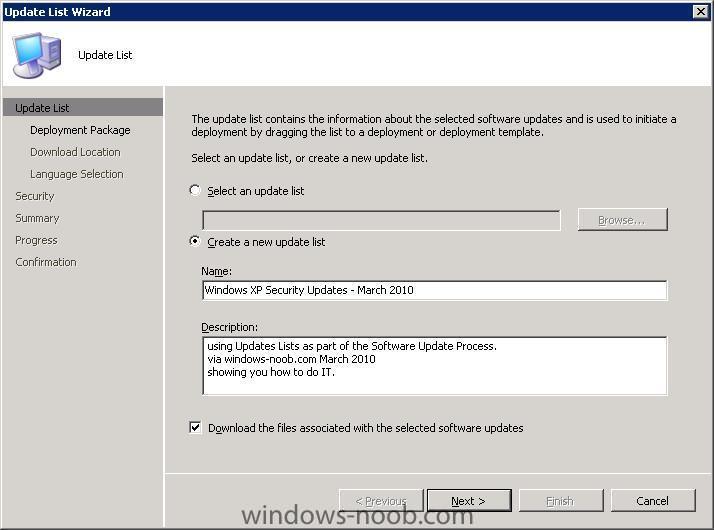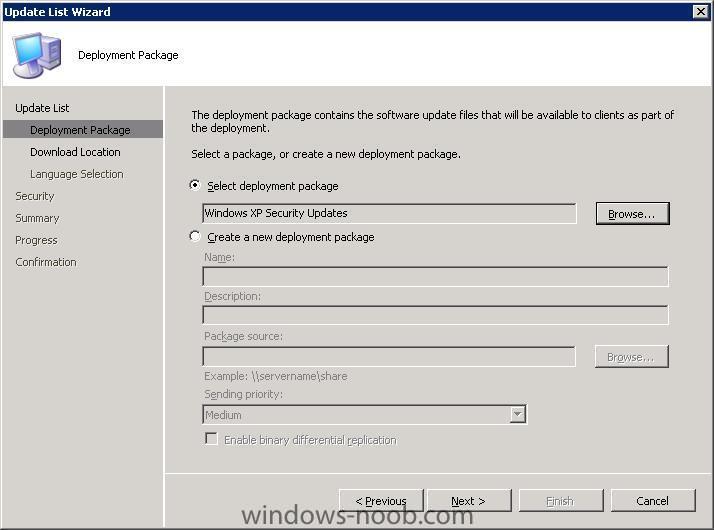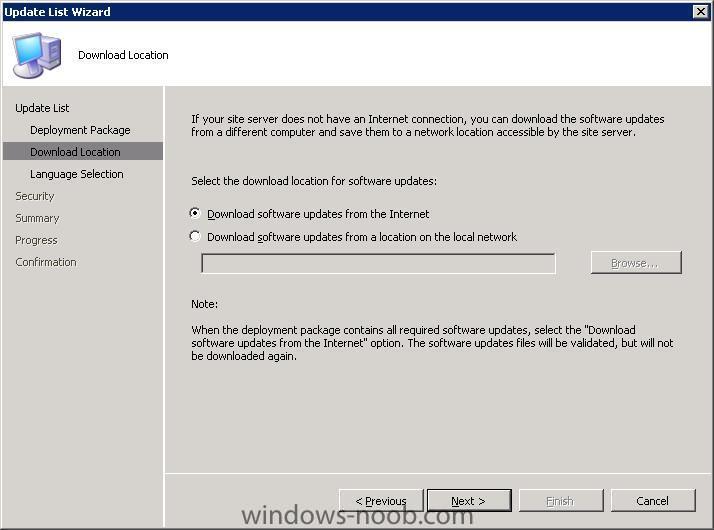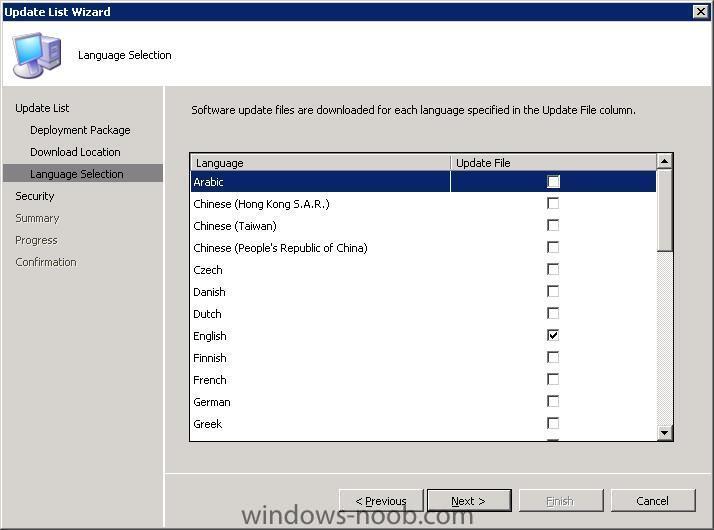-
Posts
9249 -
Joined
-
Last visited
-
Days Won
369
Everything posted by anyweb
-
you dont need to configure WDS, is dhcp server and wds on the same machine ? or different ? is sccm on the same server as wds ?
-
I actually came across the \boot\bcd error today myself on my home lab, restarting the Windows Deployment Service resolved it
-
it couldnt be easier, either use the capture windows 7 task sequence i already pointed you to, and advertise that to the windows vista machine complete with all it's apps, and when you see the ts popup in RAP then click on it, the system will be rebooted into windows PE and it will start capturing the image. or create a brand new build and capture task sequence, disable the build part, advertise it to a collection, add the computer to that collection and as above let the ts kick off... or create a capture CD (right click on task sequences node in osd and choose create task sequence media, choose capture..
-
using the DCCU is really really easy, download it, create a package to apply the bios setting you want (eg: boot order in bios) save that EXE file, create a package in sccm and deploy it to a test box, verify it works, deploy it to more boxes. i don't know how IBM handles this cheers niall
-
ok, well this topic is about Capturing Windows 7, so really you should only be asking about Capturing Windows Vista in the vista section, this is to avoid confusing the topic, confusing others, confusing me.....
-
ok have you tried capturing it using the task sequence provided in this topic ?
-
it's most likely picking those names up from your chosen DISCOVERY methods, is Active Directory discovery enabled ? are those objects in AD ?
-
what OS are you trying to capture ?
-

Upgrading from XP to Windows 7 problems
anyweb replied to ScriptingIT's question in unattended installs
no I don't work for Microsoft, I work as a Technical Consultant for Logica, my point is simply this, why re-invent the wheel when there are solutions out there already, plus any custom solution you figure out will only be supported by you and no one else, -
any updates for SCCM SP2 R2 should be listed here, but they are usually only hotfixes http://blogs.technet.com/configurationmgr/default.aspx
-
yes of course it can be done and the answer is this topic, try it ! cheers niall
-
click on the SCCM 2007 Guides link and scroll down to Capturing OS if you have a new problem, please raise it in the appropriate section cheers niall
-
here's your problem verify what boot image is attached to your task sequence cheers niall
-

how to get rid of abortpxe.com
anyweb replied to anyweb's question in Troubleshooting, Tools, Hints and Tips
enable F8 support and then post the SMSTS.log file here read this > http://www.windows-noob.com/forums/index.php?showtopic=546 -

Upgrading from XP to Windows 7 problems
anyweb replied to ScriptingIT's question in unattended installs
well i'm sure what you are doing makes sense to you but seriously if you want to ease your own pain then look at MDT 2010 using task sequences so its EASY even for a customer, it will do all of those things and more for free, much less need to script things and hack isos/winpe. SCCM is just the icing on the cake and well, then some cheers niall -
In Part 1. We created the Update List for Windows XP Security Updates and we created a Deployment Management Task. In this Part we will target the deployment management task to our Test XP collection and then we will verify the updates are deployed. Step 1. Select our Deployment Management Task Expand the Deployment Management node and select the Windows XP Security Updates - March 2010 Deployment Management task we created, right click and choose Properties. When the Properties window appears, click on the Collection tab click on Browse and browse to your XP test collection, Note: In the screenshot below I have linked to the All Windows XP Systems collection, but in a Production environment you should have a defined set of computers to test patches on in their own separate collection. It is entirely up to you how to set that up. We have already set the schedule on the Deployment Management Task so understand that as soon as you click Apply then those updates will be made available to that Collection. Step 2. Verify that your updates are deploying Just before the deadline occurs, your XP machines should start receiving the new Update Policy. You can verify this easily in the lab because you'll see it But to verify/troubleshoot updates being deployed remotely you'll need to familiarise yourself with the following logs on the Clients. Software Updates Client Computer Log Files * CAS.log - Provides information about the process of downloading software updates to the local cache and cache management. * CIAgent.log - Provides information about processing configuration items, including software updates. * LocationServices.log - Provides information about the location of the WSUS server when a scan is initiated on the client. * PatchDownloader.log - Provides information about the process for downloading software updates from the update source to the download destination on the site server. This log is only on the client computer configured as the synchronization host for the Inventory Tool for Microsoft Updates. * PolicyAgent.log - Provides information about the process for downloading, compiling, and deleting policies on client computers. * PolicyEvaluator - Provides information about the process for evaluating policies on client computers, including policies from software updates. * RebootCoordinator.log - Provides information about the process for coordinating system restarts on client computers after software update installations. * ScanAgent.log - Provides information about the scan requests for software updates, what tool is requested for the scan, the WSUS location, and so on. * ScanWrapper - Provides information about the prerequisite checks and the scan process initialization for the Inventory Tool for Microsoft Updates on Systems Management Server (SMS) 2003 clients. * SdmAgent.log - Provides information about the process for verifying and decompressing packages that contain configuration item information for software updates. * ServiceWindowManager.log - Provides information about the process for evaluating configured maintenance windows. * smscliUI.log - Provides information about the Configuration Manager Control Panel user interactions, such as initiating a Software Updates Scan Cycle from the Configuration Manager Properties dialog box, opening the Program Download Monitor, and so on. * SmsWusHandler - Provides information about the scan process for the Inventory Tool for Microsoft Updates on SMS 2003 client computers. * StateMessage.log - Provides information about when software updates state messages are created and sent to the management point. * UpdatesDeployment.log - Provides information about the deployment on the client, including software update activation, evaluation, and enforcement. Verbose logging shows additional information about the interaction with the client user interface. * UpdatesHandler.log - Provides information about software update compliance scanning and about the download and installation of software updates on the client. * UpdatesStore.log - Provides information about the compliance status for the software updates that were assessed during the compliance scan cycle. * WUAHandler.log - Provides information about when the Windows Update Agent on the client searches for software updates. * WUSSyncXML.log - Provides information about the Inventory Tool for the Microsoft Updates synchronization process. This log is only on the client computer configured as the synchronization host for the Inventory Tool for Microsoft Updates. In Part 3. of this series, we will look at how we can use the reporting function within SCCM by using our Update Lists. This will give us an overview of the Software Update Compliance of our targetted systems.
-

Upgrading from XP to Windows 7 problems
anyweb replied to ScriptingIT's question in unattended installs
are you saying with issue 1 that you cannot boot winpe 3 ? i'm not following you exactly... -
yes of course, look in the Deploy 7 section, there's a post there that shows you how to capture windows 7
-

Using Update Lists when deploying Monthly Updates
anyweb replied to anyweb's question in Software Update Point
Step 4. Create a new Deployment Management Task using the Update List Right click on our newly create Update List (hit F5 to refresh the Update Lists node if it doesn't appear) and choose Deploy Software Updates. When the Deploy Software Updates wizard appears give it a name such as Windows XP Security Updates - March 2010, this will clearly show us what the Deployment Management Task is later. select your Deployment Template set your schedule and make sure that ignore.... is selected. Click next and close when done. Continue on to Part 2. -
In this post I will show you how you can patch your machines using the SUP in SCCM. More specifically we will be utilising Update Lists. Step 1. Run a Synchronisation. Expand your Software Updates node in configmgr, right click on Update Repository and choose Run Synchronisation. Answer Yes when prompted. You can verify that the synchronisation process has completed in the Site Status, Component Status, SMS_WSUS_SYNC_MANAGER log. Look for Message ID 6702 which is SMS WSUS Synchronization Done. Step 2. Use your Search Folders If you havn't done so already create a Search Folder. We will be Using a Search Folder with the following criteria, you can replace the Windows version with the one you are updating. Product Windows XP Bulletin ID MS Expired NO Superseded NO Search All folders under this feature Windows XP Security Updates Click on the Search Folder and sort the updates by Date by Clicking on the BulletinID tab so that the newest updates are listed at the top of the list. Select the updates from that month that you want to add. Step 3. Create a New Update List Right click on the selection and choose Update List, The Update List Wizard will appear, choose Create a new Update List, give it a descriptive name such as Windows XP Security Updates - March 2010, fill in the description if you wish and make sure that Download the files associated with the selected software is selected. Click Next Select our previously created Windows XP Security Updates Deployment Package. For Download Location, select Internet... select your language and click Finish.
-

Reinstallation of WDS on SCCM2007
anyweb replied to SCCM4EVA's question in Windows Deployment Services (WDS)
uninstall the pxe service point role, uninstall wds, delete d:\remoteinstall and all thats in it, reboot, reinstall wds, verify if wds is started, if it is, install psp/




